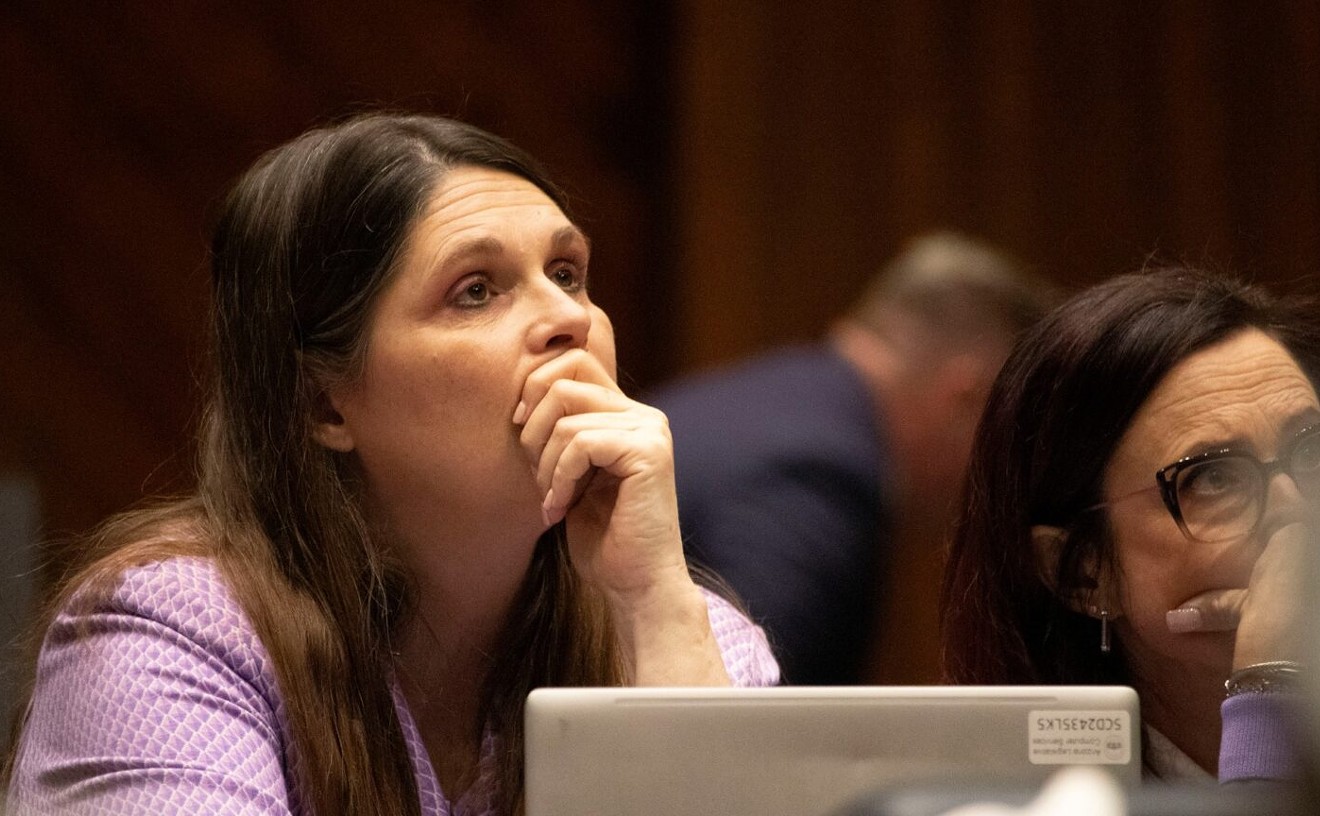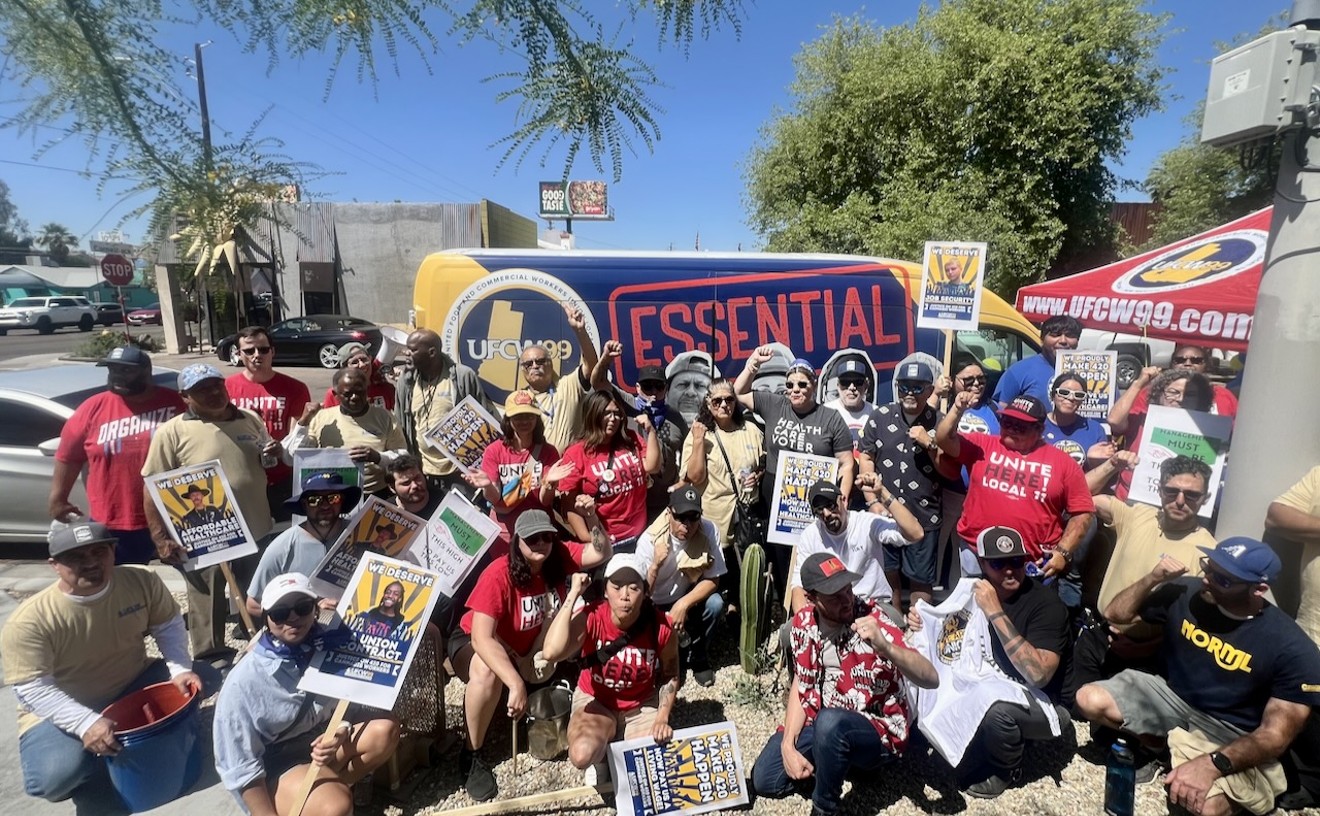Less than half of Arizona students meet the standards for attending Arizona universities, according to a recent report.
The "Arizona Minority Student Progress Report 2013" prepared by the University of Arizona's Center for Education also cites a warning from Arizona State University's Morrison Institute: "Arizona is at risk of becoming a second-tier state, educationally and economically."
To qualify for university standards, students typically must meet the Arizona Board of Regents' "sweet sixteen" core courses. It includes four years of English, four years of math, three years of lab sciences, two years of social studies, two years of the same foreign language, and one year of fine art, all with a grade of "C" or better. Students must have around a "B" average overall to be considered university-ready.
While less than half of Arizona students meet this standard, those eligible for universities are lower among minorities. The study partly attributes this to a lack of diversity and cultural training among teachers, as well as fewer opportunities. But as Arizona's minority levels rise, those numbers are in danger of dropping even lower. Fifty-seven percent of students in grades P-12 are of an ethnicity other than white, and in 2012, Hispanics passed whites as the largest ethnic group in P-7 classrooms. According to the report, if little progress is made on students meeting university requirements and less Arizonans receive some form of higher education, the state could eventually face serious economic troubles.
Although students in urban counties are more likely to have taken the necessary classes required for universities, Pima County is the only county where over half of the students are eligible, as of 2009. Eligibility in Maricopa County is split exactly, and the average number of university-eligible students in the rest of Arizona's counties doesn't even hit 40 percent. According to the report, if little progress is made on students meeting university requirements and less Arizonans receive some form of higher education, the state could eventually face serious economic troubles.
Center for Education professor Jeffrey F. Milem, a researcher on this report, says one of the reasons college eligibility among students is so low is because education isn't a top priority in Arizona.
"It has a lot to do with the extent to which we support or don't support public education and provide the opportunity kids need to learn, because some schools don't even offer courses [the student] need," Milem says. "It's a reflection largely on very deep and vexing educational issues across the state."
Arizona's educational problems are nothing new. The state has consistently scored near the bottom of Education Week's annual state education rankings, most recently receiving in January a dismal K-12 Achievement score of D+. Although the "Chance for Success" rate was a slightly higher C-, Arizona placed 47th out of 51 (the survey also included Washington, D.C.)
The students are not the only ones receiving low scores. According to the Center of Education report, less than 43 percent of Arizona teachers meet the federal standards of a "highly qualified teacher" as of 2012. The standards consist of a state license or certificate, a bachelor's degree from a four year institution, and demonstrating competence in each subject in which the teacher teaches.
To help better train the teachers, the report suggests teaching educators to better meet the needs of minority students, especially those whose first language is not English. Other recommendations include setting specific goals to close the disparities between white and minority students, and restoring and creating new financial aid programs. But according to Milem, Arizona doesn't have time to waste.
"Impact occurs over time," Milem says. "If we really want to make an impact, we need to take this on now and make changes to address these concerns."
Follow Valley Fever on Twitter at @ValleyFeverPHX.










